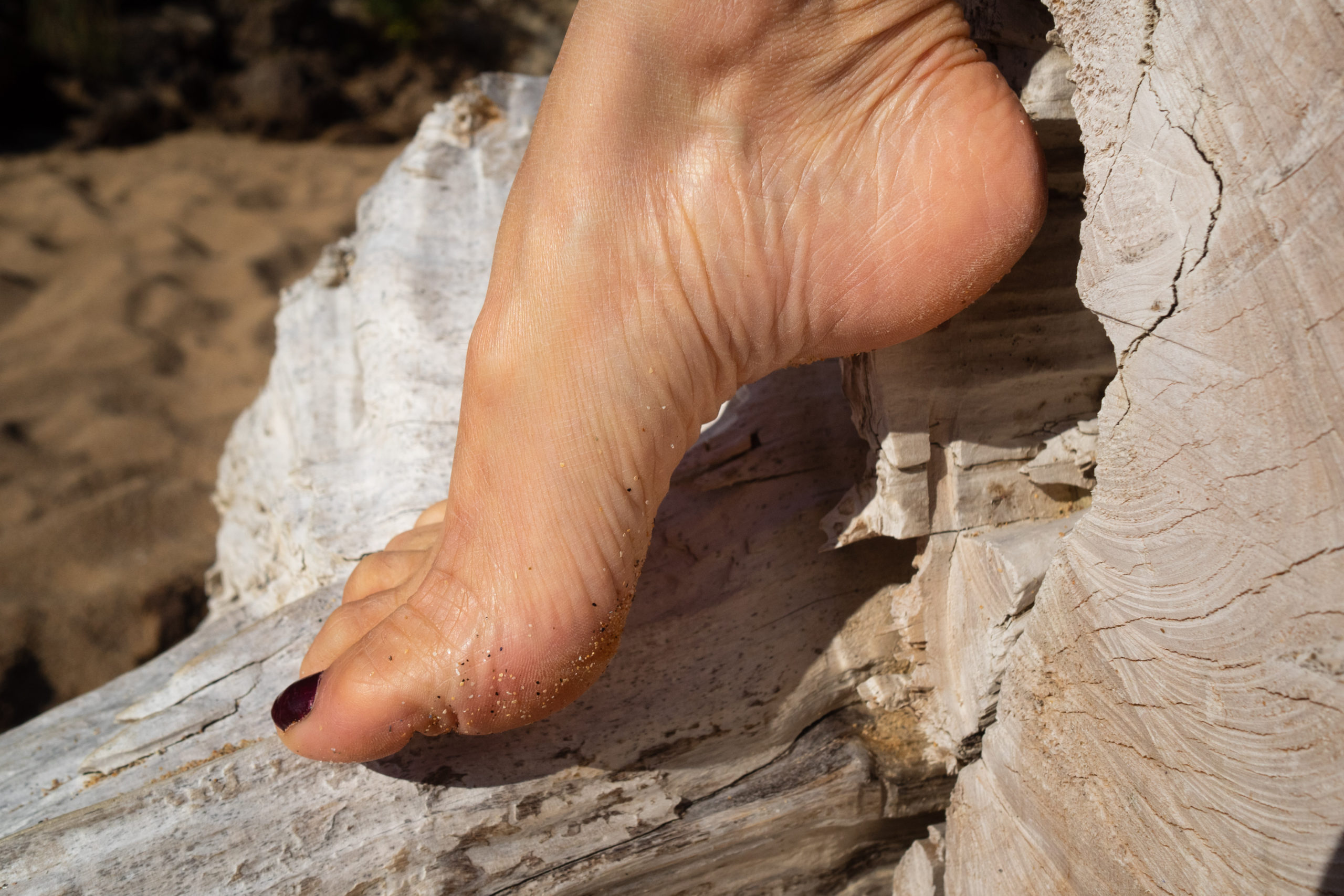
 Hypotonia is the clinical name for low muscle tone and tension, and therefore, strength. As healthy muscle tone is what enables us to move, control our posture, and the speed at which we perform physical tasks, problems with muscle tone require urgent attention.
Hypotonia is the clinical name for low muscle tone and tension, and therefore, strength. As healthy muscle tone is what enables us to move, control our posture, and the speed at which we perform physical tasks, problems with muscle tone require urgent attention.
What causes hypotonia?
As opposed to muscle weakness that results from generally underworking the muscles, hypotonia is often associated with an increased muscle length that makes it hard for the muscle to function effectively to generate force and normal movement.
Hypotonia may also be caused by a problem with the nerves, an illness, or may be idiopathic (unspecified cause).
What are the symptoms of hypotonia?
Aside from reduced strength, children with hypotonia may:
- Tire quickly, as their muscles must work harder to perform regular movements
- Be more flexible than normal, appearing floppy and flexible from birth
- Have delayed physical reactions, in that it takes the muscles longer to perform tasks
- Have postural problems
- Have delays in reaching physical milestones like sitting, crawling and walking
- Be unable to keep up with kids the same age during sports and physical activities requiring motor control
These symptoms may discourage kids from partaking in physical activities, and lower their physical endurance.
What causes hypotonia?
The fibres of a normal muscle overlap in a way that they can easily pull on one another and contract the muscle when required. With a longer muscle length in hypotonia, the fibres do not overlap in the same way, and more force and energy is needed to move the muscle.
How is hypotonia treated?
Managing hypotonia depends on the underlying cause, and can have a number of facets. The first is helping improve the muscle tone to support more controlled movement. This is done through a child-friendly and gentle physical therapy program. This program is tailored to the child’s current symptoms and strength, being careful not to overload them and instead, incorporating fun movements that are completed on a daily basis.
The second is managing the current concerns by helping reduce muscle fatigue, tiredness, posture and other symptoms. This often involves adding greater stability and control to the feet and legs through orthotics and footwear. By helping to improve the posture and alignment of the lower limbs, we can help set strong foundations for the rest of the body, too.
The third stage is maintenance. Once the muscle tone and strength have improved, we want to help maintain it for the years to come. This often becomes easier over time, as many children will notice a natural improvement in their symptoms with age.
When working with children with hypotonia, we often work collaboratively with other health professionals including occupational therapists and speech & language therapists, among others.





